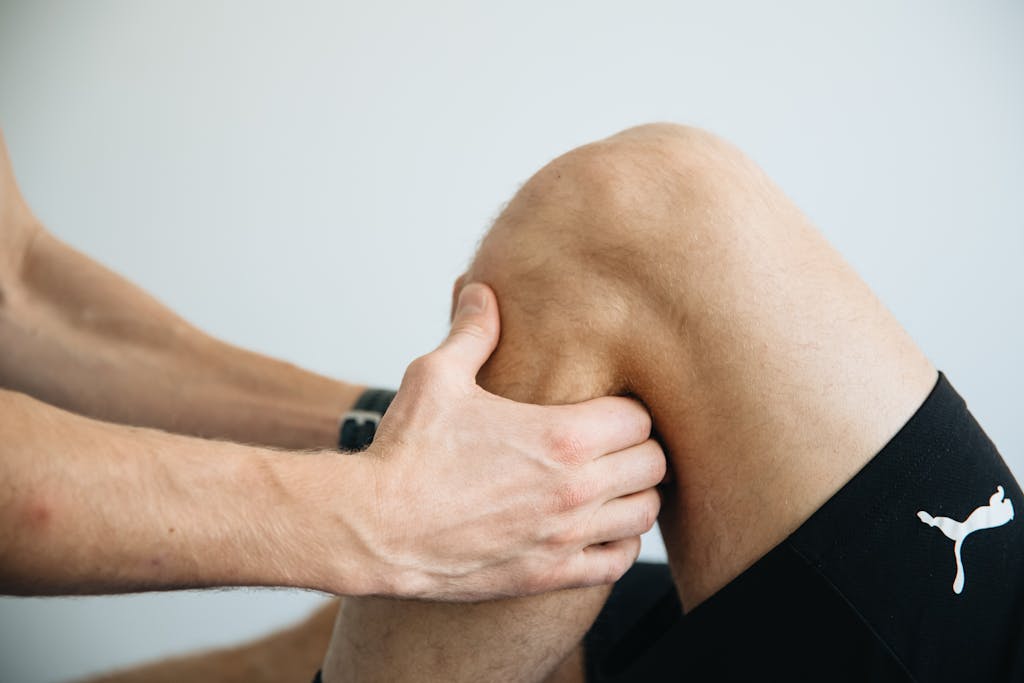Knee pain is a common problem that affects people of all ages. Whether it’s caused by an injury, overuse, or a medical condition, knee pain can limit your ability to perform daily activities and enjoy life. Knowing the root cause of your knee pain can help you find the right treatment and prevent it from worsening. Here are some of the most common causes of knee pain and how to treat them.
Overuse and Strain
Activities that involve repetitive motions, like running, cycling, or jumping, can lead to overuse injuries. This type of pain usually develops gradually and can feel like a dull ache around the knee. Rest, ice, and physical therapy are often effective treatments. Avoiding high-impact activities for a while can also give your knees time to recover.
Injuries
Sudden injuries, such as ligament tears, sprains, or meniscus injuries, are a leading cause of knee pain. These injuries are often caused by sports or accidents and can result in swelling, instability, or difficulty moving the knee. Treatment may involve rest, physical therapy, or even surgery in severe cases.
Arthritis
Arthritis, especially osteoarthritis, is a common cause of knee pain in older adults. This condition occurs when the cartilage in the knee wears down over time, leading to stiffness and pain. While there is no cure for arthritis, treatments such as medications, physical therapy, and weight management can help manage the symptoms.
Tendonitis
Tendonitis is the inflammation of the tendons around the knee, often caused by repetitive stress or overuse. It’s common among athletes and people who perform physical labor. Treatment usually includes rest, ice, and anti-inflammatory medications. Stretching and strengthening exercises can also prevent recurrence.
Bursitis
Bursitis occurs when the small fluid-filled sacs (bursae) around the knee become inflamed. This condition can be caused by kneeling for long periods or repetitive movements. Rest, ice, and compression are simple yet effective treatments. In some cases, draining the fluid or corticosteroid injections may be needed.
Excess Weight
Carrying extra weight puts added pressure on your knees, increasing the risk of pain and conditions like osteoarthritis. Losing weight through a healthy diet and regular exercise can reduce knee pain and improve overall joint health.
Muscle Imbalance
Weak or tight muscles around the knee can affect its alignment and lead to pain. Strengthening exercises for the quadriceps, hamstrings, and hip muscles can help stabilize the knee and reduce discomfort.
Knee pain can stem from various causes, each requiring a tailored approach to treatment. If you experience persistent or severe knee pain, consult a healthcare professional for an accurate diagnosis and proper care. With the right treatment plan, you can manage your knee pain and maintain an active lifestyle.

